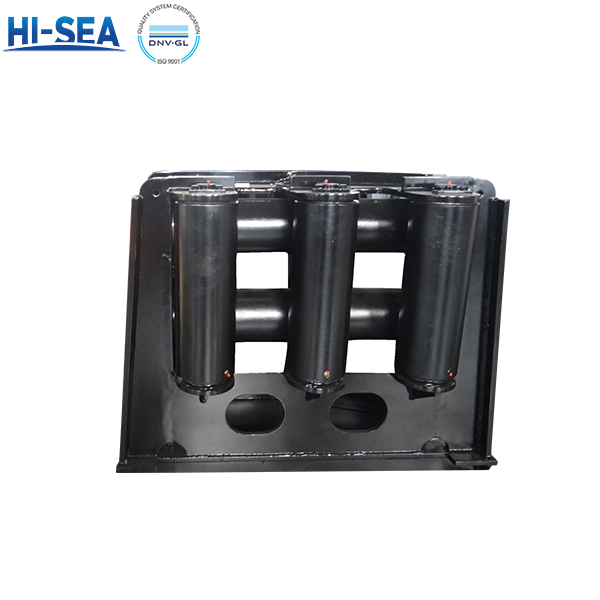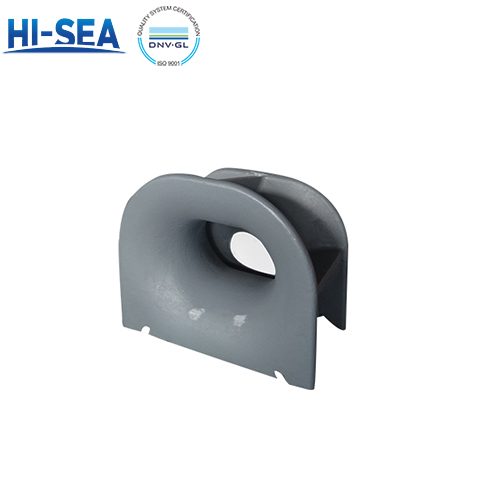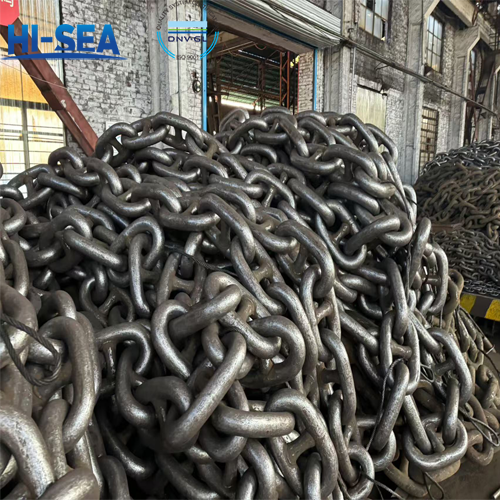
The difference between Marine Fairlead and Marine Chock
Marine fairleads and marine chocks are important components on ships for guiding ropes. Although their purposes are similar, they have distinct differences.
Overview
Marine Chock
1.Function:
Chocks are more versatile and are used to secure and guide ropes or chains at various angles. They provide safe points for mooring lines to pass through or connect to. Mooring wedges are usually preferred in fixed mooring setups or when the ship's direction does not change frequently.
2.shape:
Chock is usually oval in shape and may have a larger opening to accommodate thicker rope or chain.
3.Layout and installation:
Chock is commonly found on ship deck edges or bulwarks. They are strategically placed to ensure the safety of the mooring lines during docking or anchoring. Installation involves tightening the wedges with bolts, screws, or other suitable hardware to ensure they are held in place.
4.Maintain:
Marine chocks are typically low-maintenance components but should be periodically inspected for corrosion and wear. Lubricating their components may be necessary to ensure continued functionality
Marine Fairlead
1.Function:
Fairleads are designed to guide a line or cable in a specific direction while minimizing friction. They ensure proper alignment and distribution of lines to prevent wear and tear. and roller fairleads are favored when the vessel's direction may need to adapt to changing conditions
2.shape:
Fairleads typically have cylindrical rollers with a smooth surface to reduce friction on the line running through the fairlead.
3.Layout and installation:
Fairleads are often located at the edge of a deck or bulkhead and need to redirect lines without causing undue wear and tear. Fairleads may require a more complex installation process because they involve rollers and guide systems. Installation may vary depending on roller fairlead type and design
4.Maintain:
Fairleads demand regular maintenance to keep their rollers moving freely and minimize friction. Routine inspections for wear and proper lubrication are crucial for their longevity and effectiveness.






